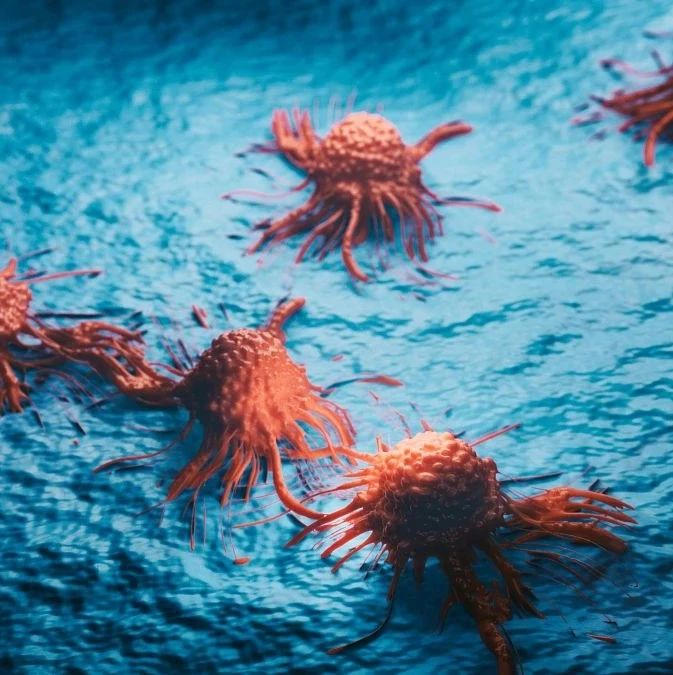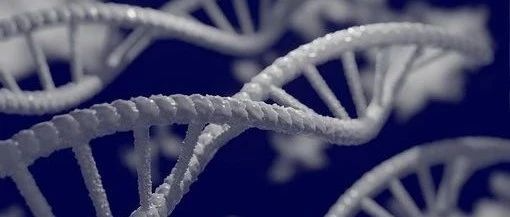
众所周知,阿尔茨海默氏症是时间与速度的征战。发表在《柳叶刀神经病学》杂志上的一项研究表明,科学家们可在阿尔茨海默氏症患者出现症状之前20年诊断并治疗该疾病。
这项小型的研究由年龄在18岁至26岁的44人参与。在这些人中,有20人有Prenelin-1或PSEN1基因遗传标记。在有这些基因标记的家庭中,家庭成员都易患阿尔茨海默氏症。这种毁灭性的疾病通常会出现在45岁。而其他24人没有遗传标记,也没有家族病史。
阿尔茨海默氏症协会的研究人员,对参与者进行脑成像和其他测试检查。研究人员惊讶地发现,即使患者只有18岁,他们大脑扫描也显示出了异样。某些特定区域活动增加,大脑其他区域的灰质减少,在大脑和脊柱的周围增加了β淀粉样蛋白液。而β-淀粉样蛋白是发展阿尔茨海默氏症的关键因素。
研究人员说,他们的发现有助于早期诊断阿尔茨海默氏症,因为这些特定的病人都有标记,这些标记表明他们可能会患这种疾病。
不过,研究人员表示,这只是有助于对患者进行早期治疗,目前还没有能治愈这种疾病的方法。此外,这一发现有望更快地开发出新药物,减缓疾病的发展。
通常情况下,当患者表现出症状时,他们已经失去了20%的脑细胞。如果患者的症状很严重,医生也束手无策。该研究无疑成为了患者的福音。

 Brain imaging and fluid biomarker analysis in young adults at genetic risk for autosomal dominant Alzheimer's disease in the presenilin 1 E280A kindred: a case-control study
Brain imaging and fluid biomarker analysis in young adults at genetic risk for autosomal dominant Alzheimer's disease in the presenilin 1 E280A kindred: a case-control study
Prof Dr Eric M Reiman MD, Yakeel T Quiroz MA, Adam S Fleisher MD, Kewei Chen PhD, Carlos Velez-Pardo PhD, Marlene Jimenez-Del-Rio PhD, Anne M Fagan PhD, Aarti R Shah MS, Sergio Alvarez MD, Andrés Arbelaez MD, Margarita Giraldo MD, Natalia Acosta-Baena MD, Reisa A Sperling MD, Brad Dickerson MD, Chantal E Stern DPhil, Victoria Tirado MS, Claudia Munoz BA, Rebecca A Reiman BA, Matthew J Huentelman PhD, Prof Gene E Alexander PhD, Jessica BS Langbaum PhD, Prof Kenneth S Kosik MD, Pierre N Tariot MD, Prof Francisco Lopera MD
Background We have previously characterised functional brain abnormalities in young adults at genetic risk for late-onset Alzheimer's disease. To gain further knowledge on the preclinical phase of Alzheimer's disease, we sought to characterise structural and functional MRI, CSF, and plasma biomarkers in a cohort of young adults carrying a high-penetrance autosomal dominant mutation that causes early-onset Alzheimer's disease.
Methods Between January and August, 2010, 18—26-year-old presenilin 1 (PSEN1) E280A mutation carriers and non-carriers from the Colombian Alzheimer's Prevention Initiative Registry in Medellín Antioquia, Colombia, had structural MRI, functional MRI during associative memory encoding and novel viewing and control tasks, and cognitive assessments. Consenting participants also had lumbar punctures and venepunctures. Outcome measures were task-dependent hippocampal or parahippocampal activations and precuneus or posterior cingulate deactivations, regional grey matter reductions, CSF Aβ1—42, total tau and phospho-tau181 concentrations, and plasma Aβ1—42 concentrations and Aβ1—42:Aβ1—40 ratios. Structural and functional MRI data were compared using automated brain mapping algorithms and search regions related to Alzheimer's disease. Cognitive and fluid biomarkers were compared using Mann-Whitney tests.
Findings 44 participants were included: 20 PSEN1 E280A mutation carriers and 24 non-carriers. The carrier and non-carrier groups did not differ significantly in their dementia ratings, neuropsychological test scores, or proportion of apolipoprotein E (APOE) ɛ4 carriers. Compared with non-carriers, carriers had greater right hippocampal and parahippocampal activation (p=0·001 and p<0·014, respectively, after correction for multiple comparisons), less precuneus and posterior cingulate deactivation (all p<0·010 after correction), and less grey matter in several parietal regions (all p<0·002 uncorrected and corrected p=0·009 in the right parietal search region). In the 20 participants (ten PSEN1 E280A mutation carriers and ten non-carriers) who had lumbar punctures and venepunctures, mutation carriers had higher CSF Aβ1—42 concentrations (p=0·008) and plasma Aβ1—42 concentrations (p=0·01) than non-carriers.
Interpretation Young adults at genetic risk for autosomal dominant Alzheimer's disease have functional and structural MRI findings and CSF and plasma biomarker findings consistent with Aβ1—42 overproduction. Although the extent to which the underlying brain changes are either neurodegenerative or developmental remain to be determined, this study shows the earliest known biomarker changes in cognitively normal people at genetic risk for autosomal dominant Alzheimer's disease.
Funding Banner Alzheimer's Foundation, Nomis Foundation, Anonymous Foundation, Forget Me Not Initiative, Boston University Department of Psychology, Colciencias, National Institute on Aging, National Institute of Neurological Disorders and Stroke, and the State of Arizona.







